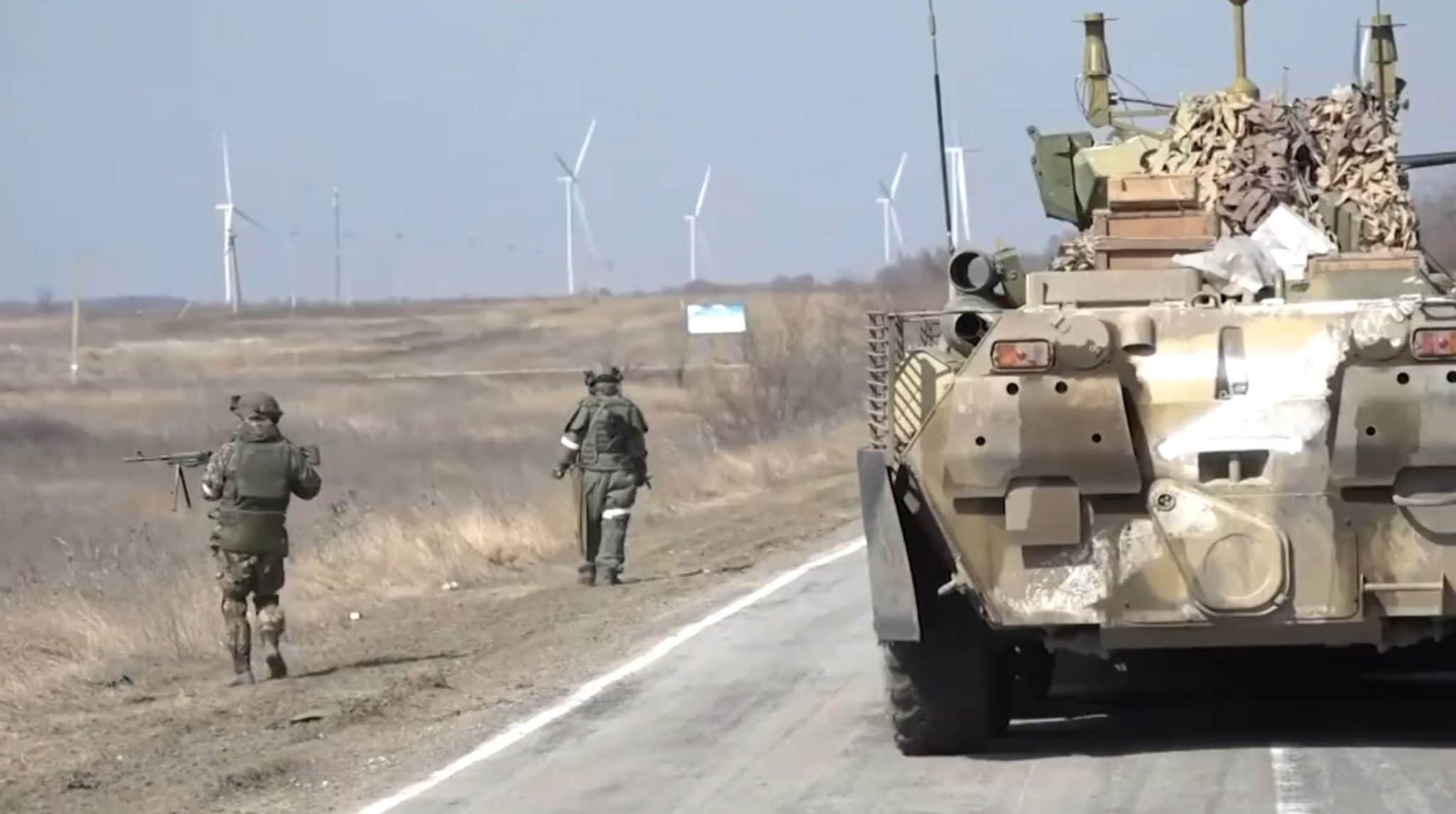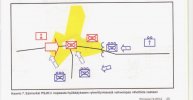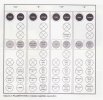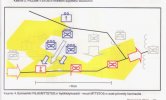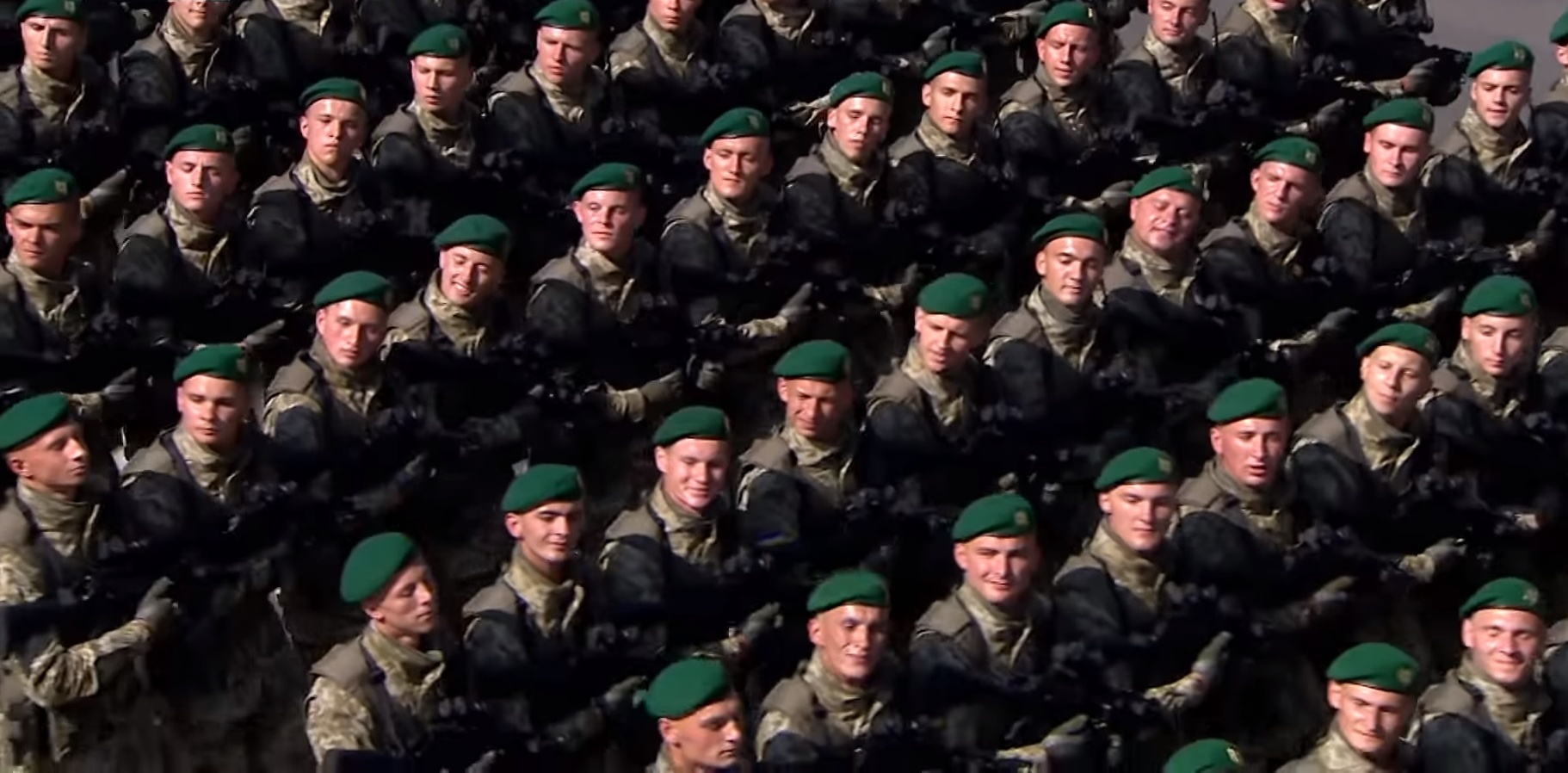Hyvin mielenkiintoisia havaintoja, käännös ukrainalaisen panssariupseerin haastattelusta ja ammattimies Thomas Theiner vieläpä antaa vahvan suosituksen ketjulle, joten poimin sen tänne kokonaisuudessaan:
I'm going to do a translation of the main points of an interview done about tanks by a Ukrainian military officer. link to the interview (in Ukrainian) :
LINKKI YOUTUBE-VIDEOON
1) AFU tank formations are equipped at around 80%
2) Tanks have not become useless, on the contrary, their role in the battle has become more significant, and the variety of the tasks that they perform has widened.
3) Tanks in the AFU are not used like in 2014-2015, when they acted in groups of 1-2 tanks, up to company level (10 tanks). Now the infantry understands how to better employ synergy with tanks in battle (combined arms warfare).
4) Captured tanks have shown themselves pretty well, Ukrainian troops have managed to master them and make use of them. In some mechanized brigades there are several companies made up of captured tanks. Many infantrymen have remembered their training on the Desna grounds and happily jumped into the tanks.
5) The enemy uses tanks not in platoons, but in company level and larger, if there is more than a company left in a tank battalion. He uses them according to soviet textbooks, where there are 10 tanks per 500 meters,except there are not enough tanks for a 2nd wave, as presumed in the textbooks.
6) Both sides bring back tanks 200-300km behind the lines for repair, the transporting takes 5-6 hours. No one wants to risk the specialists capable of carrying out the repairs, or the specialized machinery needed for in-the-field repairs.
7) There are some problems with re-training tankers from T-64s to T-80s or T-72s or vice versa. This could be optimized
8) HE shells are surprisingly effective at suppressing and neutralizing the enemy, 1-3 hits are enough and the hatches open, the tank is abandoned, either that or the crew is shell shocked and stays in the tank forever.
Just as a side note from myself concerning this last point, a similar thing was observed with American Sherman tankers in ww2, where they would shoot HE at German tanks which would cause the crew to bail.
9) The majority of the losses experienced by the enemy occurred because of poor training or foolish logistical managing. Many tanks were captured in mint condition in the middle of roads without fuel.
10)
@oryxspioenkop's list contains 60-70% of our equipment and 50-60% of the enemy's.
11) Captured equipment is not always officially registered, but there is a financial reward for any soldier who captures it same as for any destroyed equipment.
12) The enemy constantly uses controlled weaponry (barrel launched atgms such as invar) of T-72B3 and T-80BVM from distances of 4.5-5.5km in ambushes. Thanks to modernization, the enemy technological superiority, especially in the aforementioned barrel launched atgms.
13) 90% of T-80BVMs have been destroyed, there are still T-72B3s and T-72B3Ms, up to 900 tanks of these types have been lost, 800 remain, but there are problems with training crews for these. This is why T-62s and old models of T-72s and T-80s have been brought out of service there are elderly volunteers who served on them.
14) There are 3 tank repair plants left in Russia, and their ability to repair tanks or pull tanks out of storage is limited (not more than 100-200 units per month)
15) We truly do have 10 atgms for every enemy tank, but they are also used against URALs, BTRs, BMPs, and other cars. The effectiveness / hit rate of our soldiers is very high, especially with the Javelin, our hit rate with it is higher than the USMCs. The FGM-148 Javelin has shown itself to be better than the NLAW, which have problems with the quality of the tracking components, especially during the winter. It is also better than the Stugna-P, which has problems with components and the rocket fuel, and not always hits at 3750 m which the Javelin reliably does.
16) He who gets out of their first battle alive is already a hardened fighter, 2-3 battles he teaches all the others, after 4-5 battles, a unit is "unbeatable"
17) Foreign volunteers ask for Western weapons that they are used to.
18) On the modern tanks of the enemy there are huge pieces of glass on sights and observation view ports, which can easily be destroyed by firearms of caliber 5.45 to 12.7 from distances up to 800 m. Tankers aim for the view port of the enemy driver. On the side of the tank there is a strip 30 mm thick and 30 cm high from the bottom of the tank, where the magazine is located.
19) The most well protected tank of the enemy is the T-80BVM, after that T-90A and modifications of the T-72B.
20) The transporting of our tanks into Europe is a significant help, a single factory is able to repair 20-30 written off tanks per month. They have a large supply of specialists. In total we get back 2-3 tank companies every month.
Context needed for the next one. A few months ago Ukrainian TV ran a story about a tank repair plant in Kiev and showed it on camera. Shortly after, the plant was struck by Kalibr missiles and destroyed.
21) This cost us many excellent specialists and those responsible should be prosecuted.
22) T-64 tanks will need to be replaced after the war, there wont be many left and they will be concentrated in tank brigades. All new units are being created on "imported" T-72s.
23) NATO countries do not need a lot of tanks, by the time they get to the battlefield Russia will not have any tanks left.
24) New night vision thermal sights on captured and European tanks need new knowledge from commanders and gunners, who need to be trained to make full use of this tech. We currently do not have many of these specialists.
25) There are circumstances where our T-64s are better than captured T-80BVMs or T-72Bs, and also vice versa.
26) The installation of KONTAKT-1 or NOZH explosive reactive armor on "naked" T-72Ms takes 2-3 welders one working day to complete.
27) We do not need Leopards right now. Send us more T-72s instead. 1-2 battalions of leopards would do more harm than good
28) Re-training of tankers onto western tanks would take around a month, repair crews would need at least 3-4 months.
29) There are still 100 T-72s that can be "imported". Africa and Asia should not be considered.


